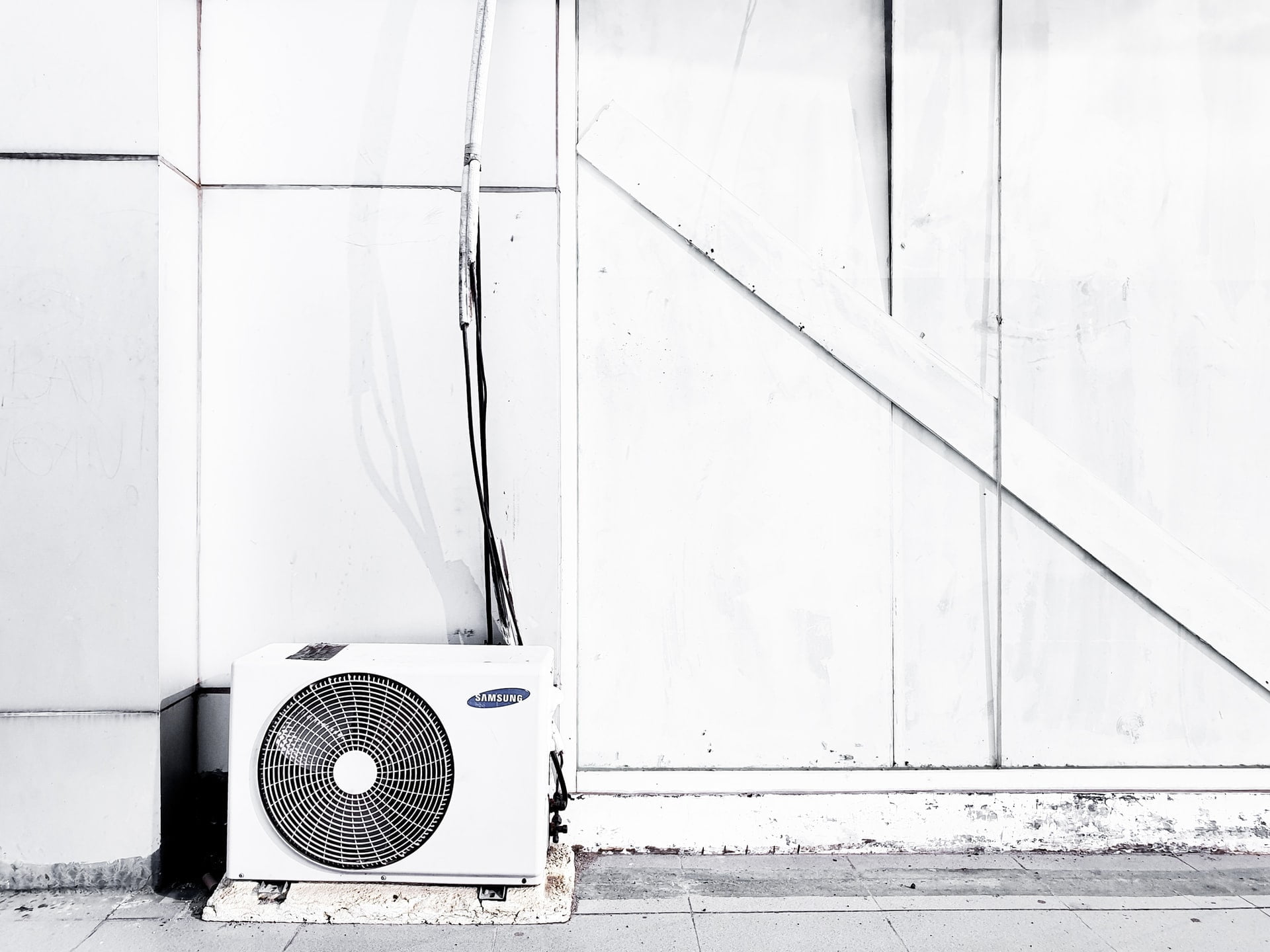Most modern homes are built with a duct-based air conditioning system. This is a forced-air system you may be familiar with where you control the temperature via the thermostat and cool air is pushed into each room through a series of air ducts.
However, ducted air conditioning isn’t ideal for every home or every room. This is where a ductless system (sometimes called a ductless mini-split system) can help. Learn more about the differences between the two and which ones are right for your home.
Split systems are often used for additions or renovations.
One of the main benefits of using a ductless mini-split system is that you can install it in almost any room. You don’t have to worry about the integrity of the home or carve ducts into your existing walls in order to have reliable air conditioning. This is why you can often find ductless systems in add-ons or renovations. A few common spaces for ductless systems include:
- Attics, garages, or basements that the homeowner recently finished.
- Additions to the home where the homeowner didn’t want to add ductwork.
- Guesthouses.
- Sheds that need climate control.
- Tiny homes.
- Garage apartments or rooms where ductwork won’t reach.
Split systems can also be found in some boutique hotels so guests can control the temperature within one room. The system protects the historic nature of the hotel while still keeping guests comfortable.
Split systems are often easier to install than traditional units.
Ductless ac systems are often preferred for existing homes because they are easier to install. They can be hung up on almost any wall, don’t take up much space (or any closet space), and run quietly in the background.
Like traditional units, split systems use both an indoor and outdoor unit. The indoor unit pushes hot air over cooling coils while pushing out cold air. Any excess hot air is then removed via the outdoor unit. The indoor unit also removes moisture from the air, which is essential in preventing the growth of mold. The indoor and outdoor units are connected by another coil, which helps funnel hot air out. Instead of a thermostat, ductless systems often use remote controls to maintain room temperatures.
Many companies that offer AC maintenance services will be able to work on both a traditional HVAC air conditioning unit as well as your ductless ac unit. However, before the service technician arrives, make sure they are able to clean, repair, and conduct regular maintenance on your mini-split system.
Split systems are not meant for large homes.
While a ductless air conditioner might seem like an optimal solution for small spaces, it does have its drawbacks. These AC units are not meant to cool large spaces, but rather only one or two rooms. If you have a large house, you would need multiple mini-split systems installed and would have to turn all of them on and off throughout the day. Additionally, this could drive up your electric bills because your units would have to work harder to keep your home cool.
If you are worried about electricity costs because of your HVAC system, look for an energy-efficient model to use. You can also compare electricity costs in your area to find a provider that is more affordable. The problem might not be your AC unit, but rather the electric company that is charging you to run in.
Both ducted air conditioning systems and ductless units have value for different homes. Evaluate the benefits of each and seek an expert’s opinion if you still aren’t sure. You need an air conditioner that is appropriate for your region and your home type so you can stay cool all summer long.









